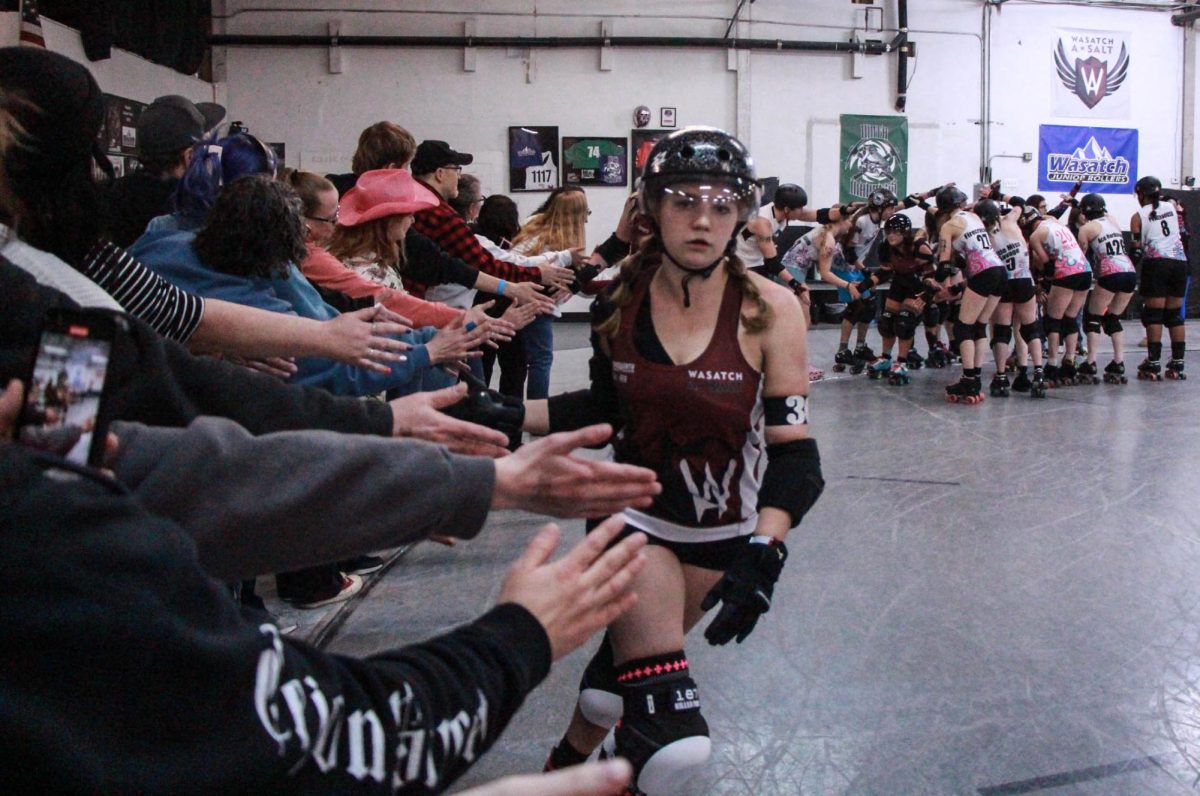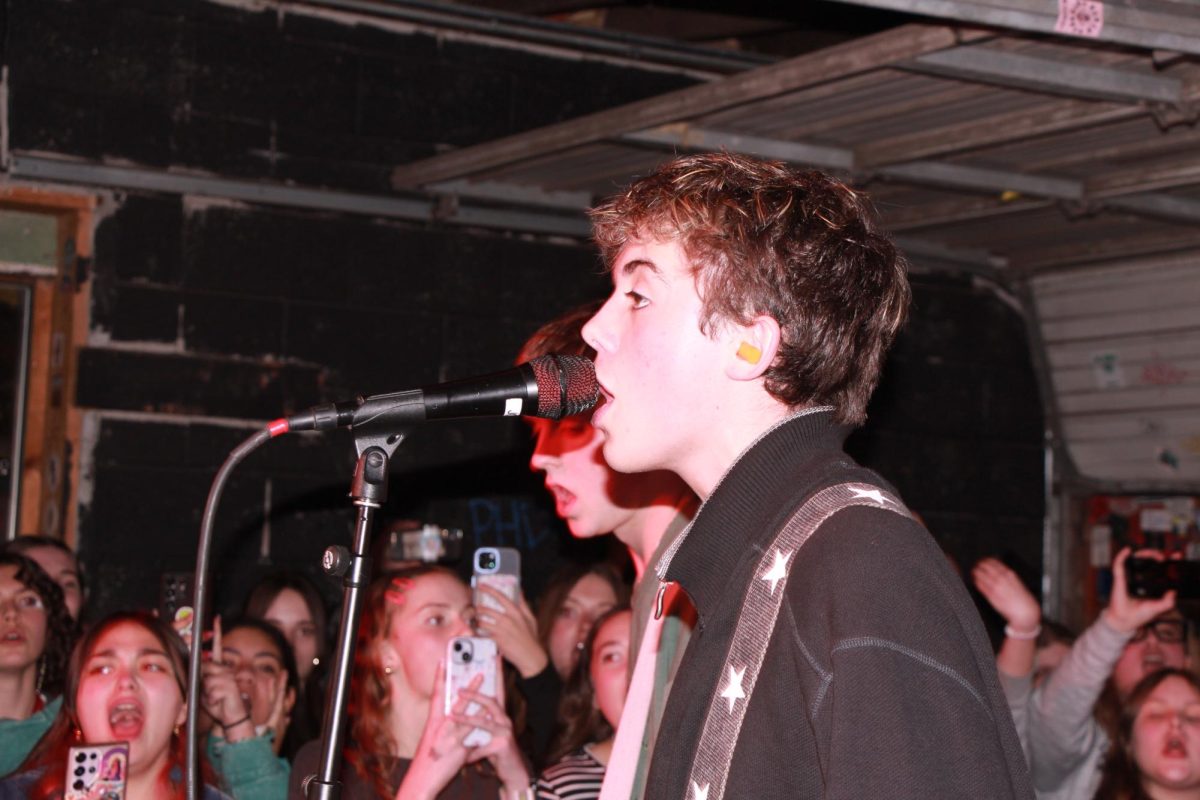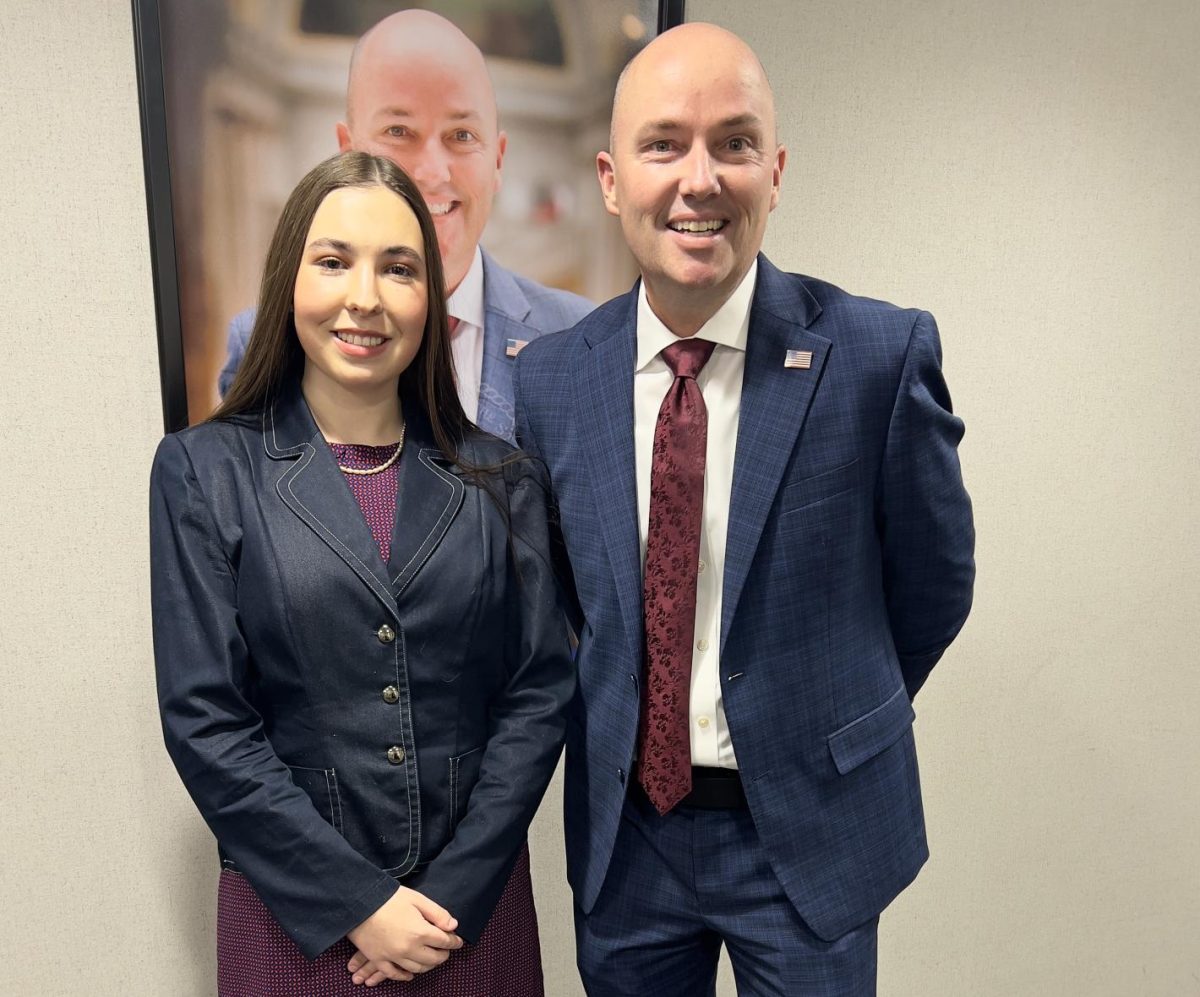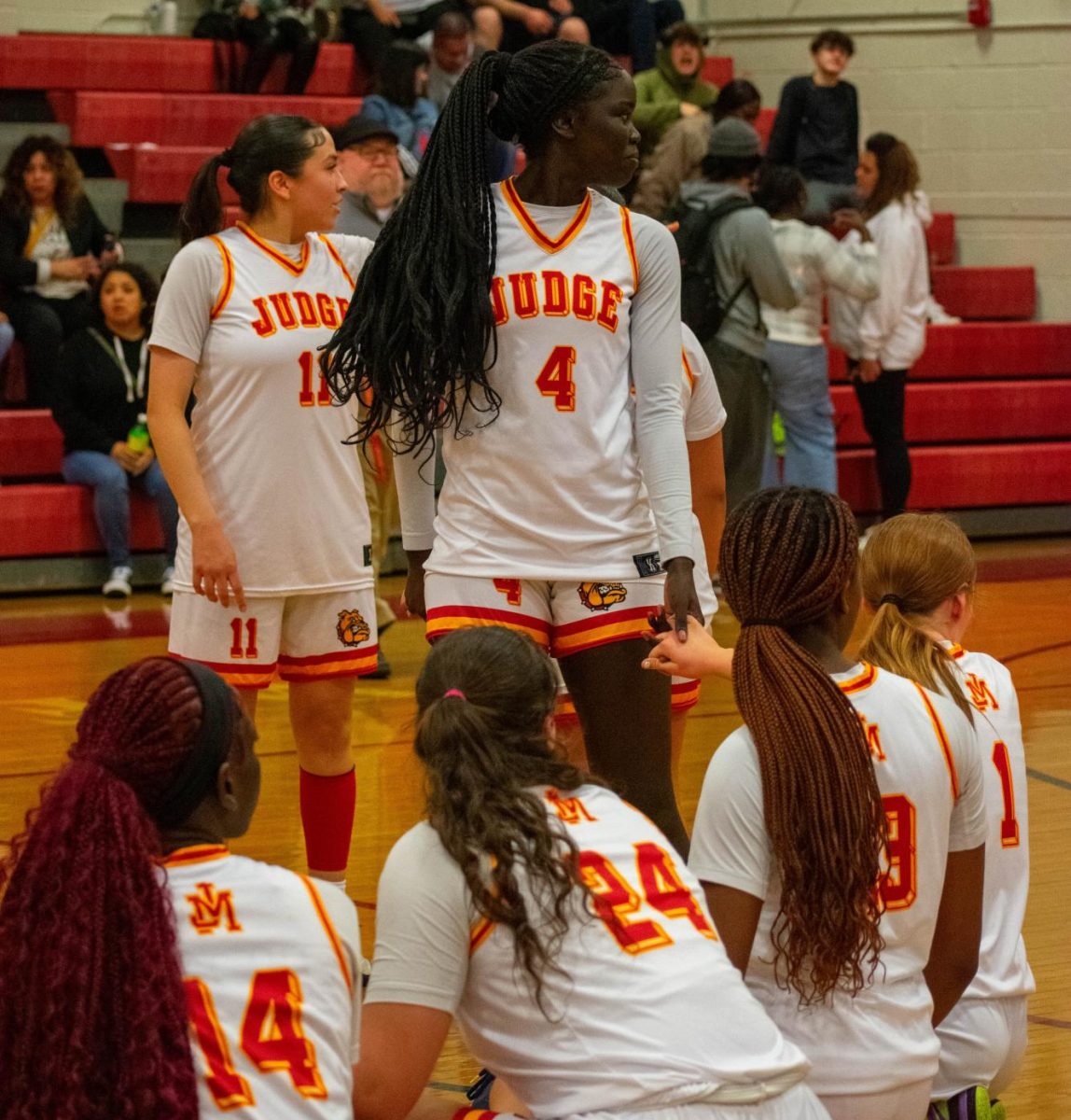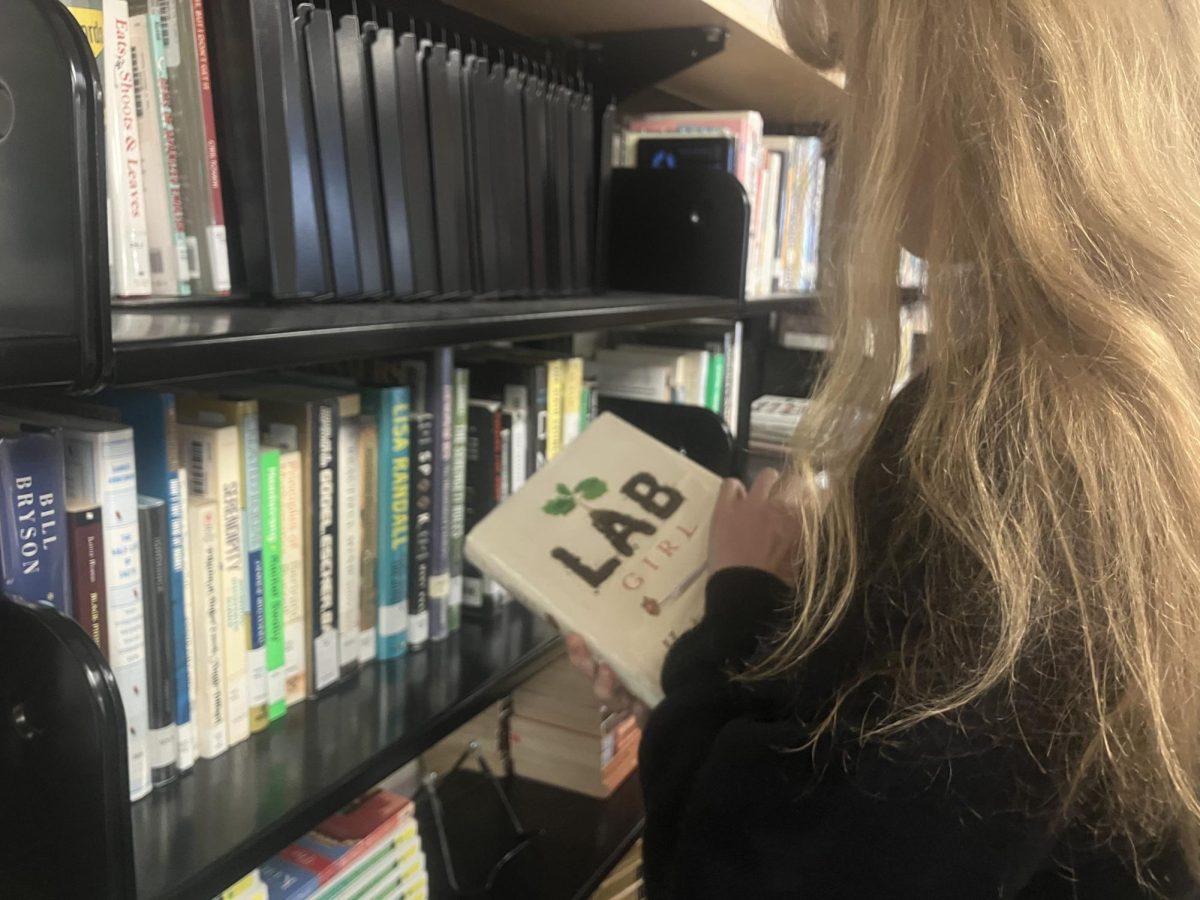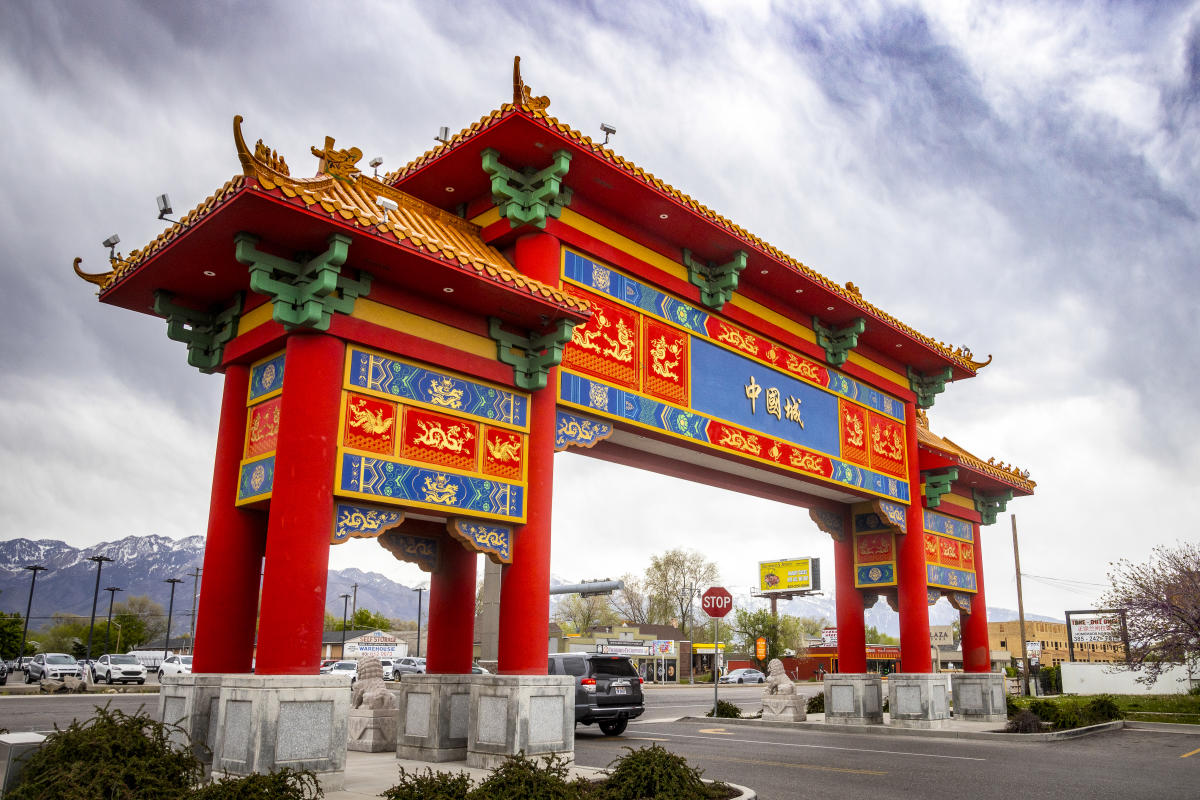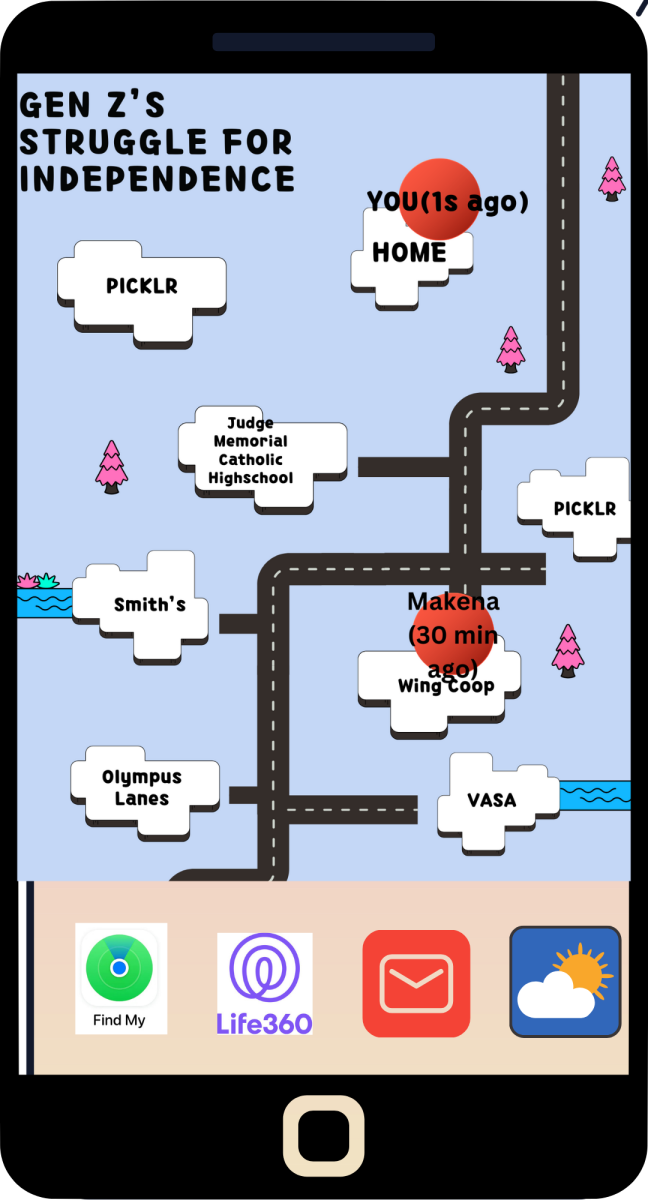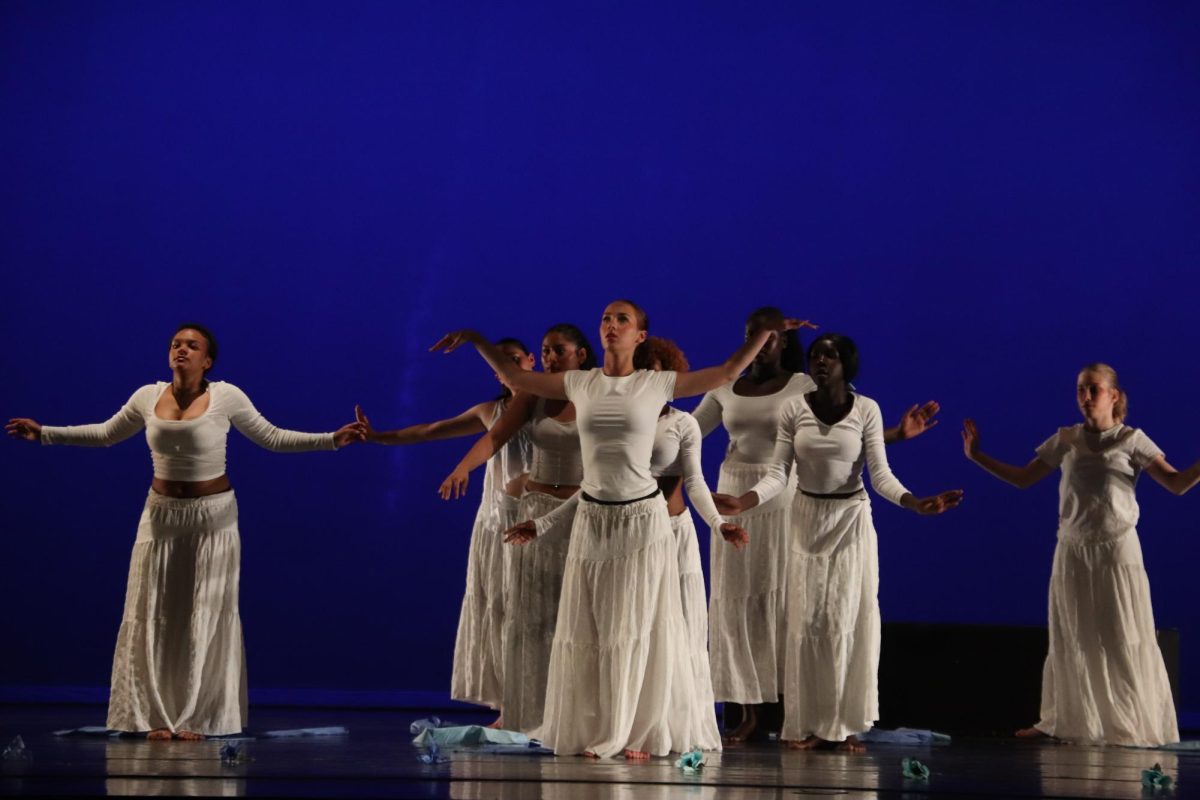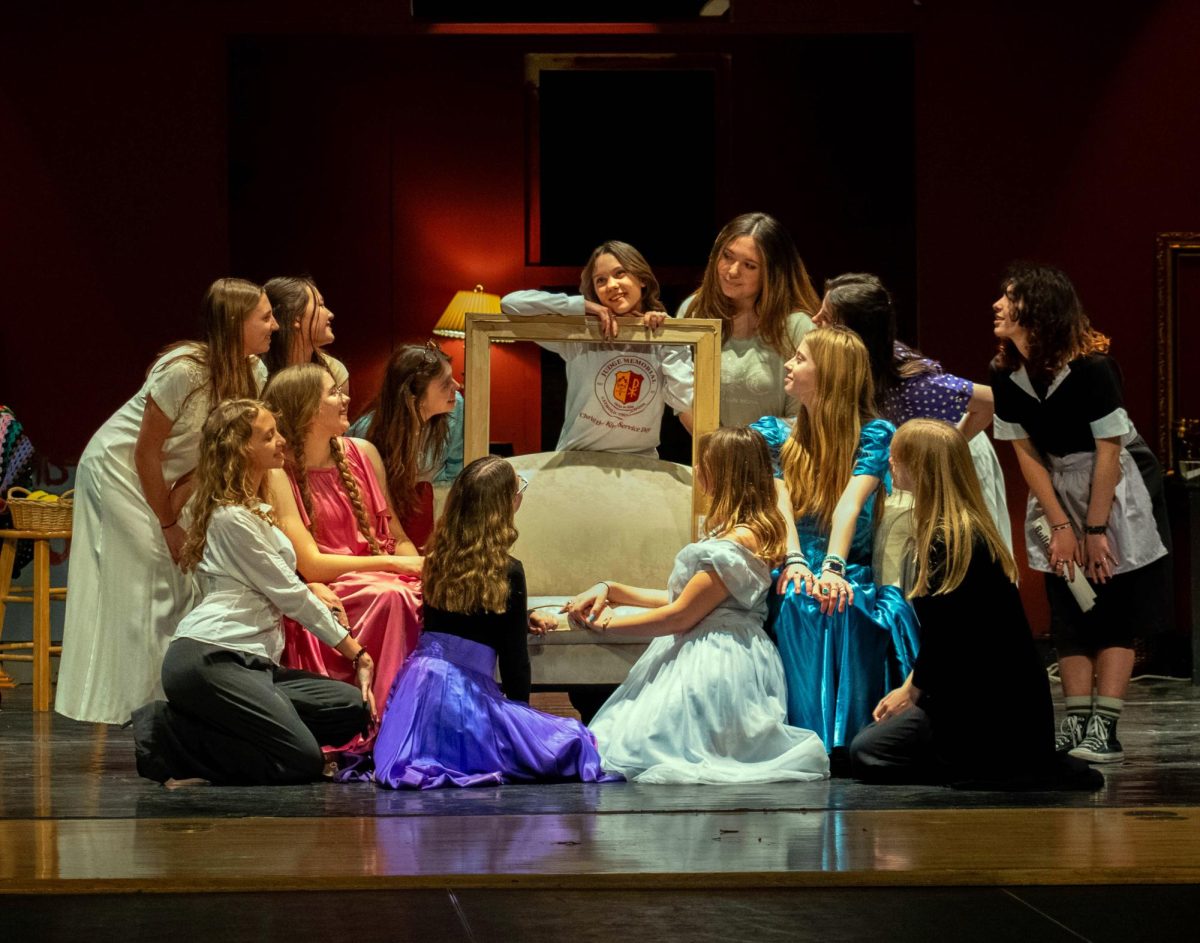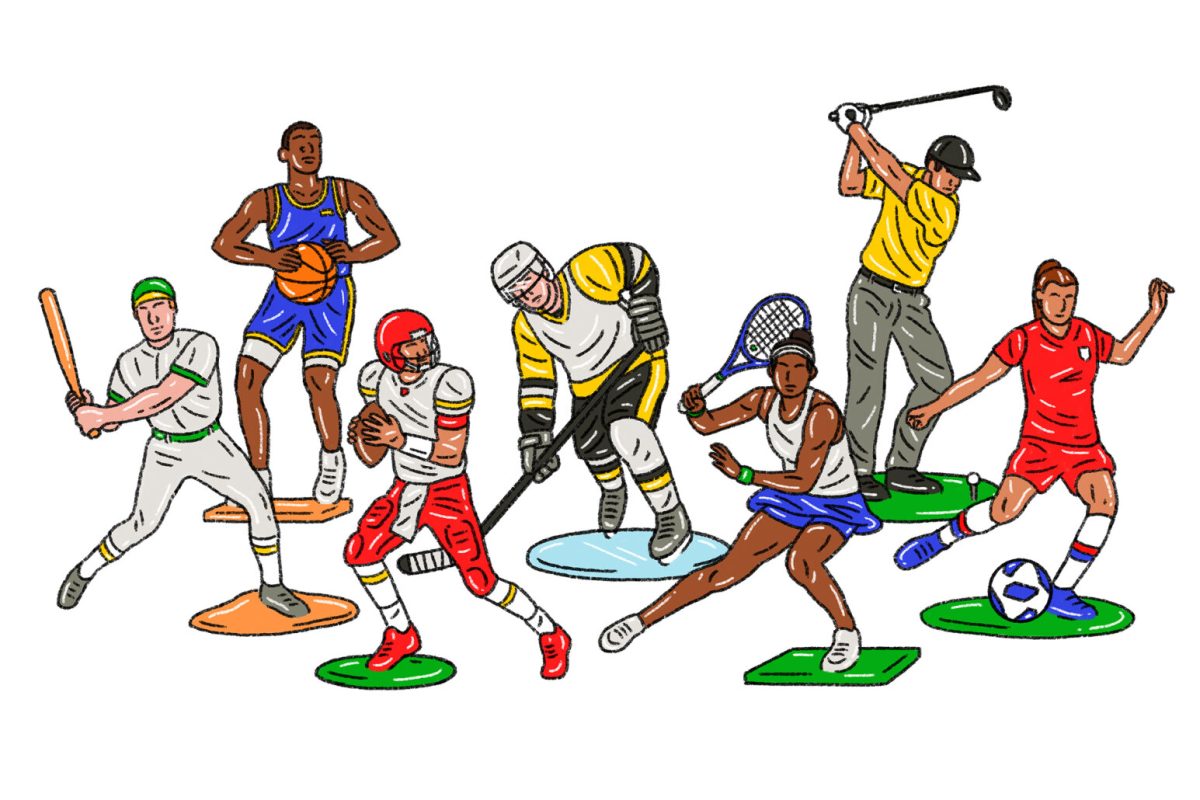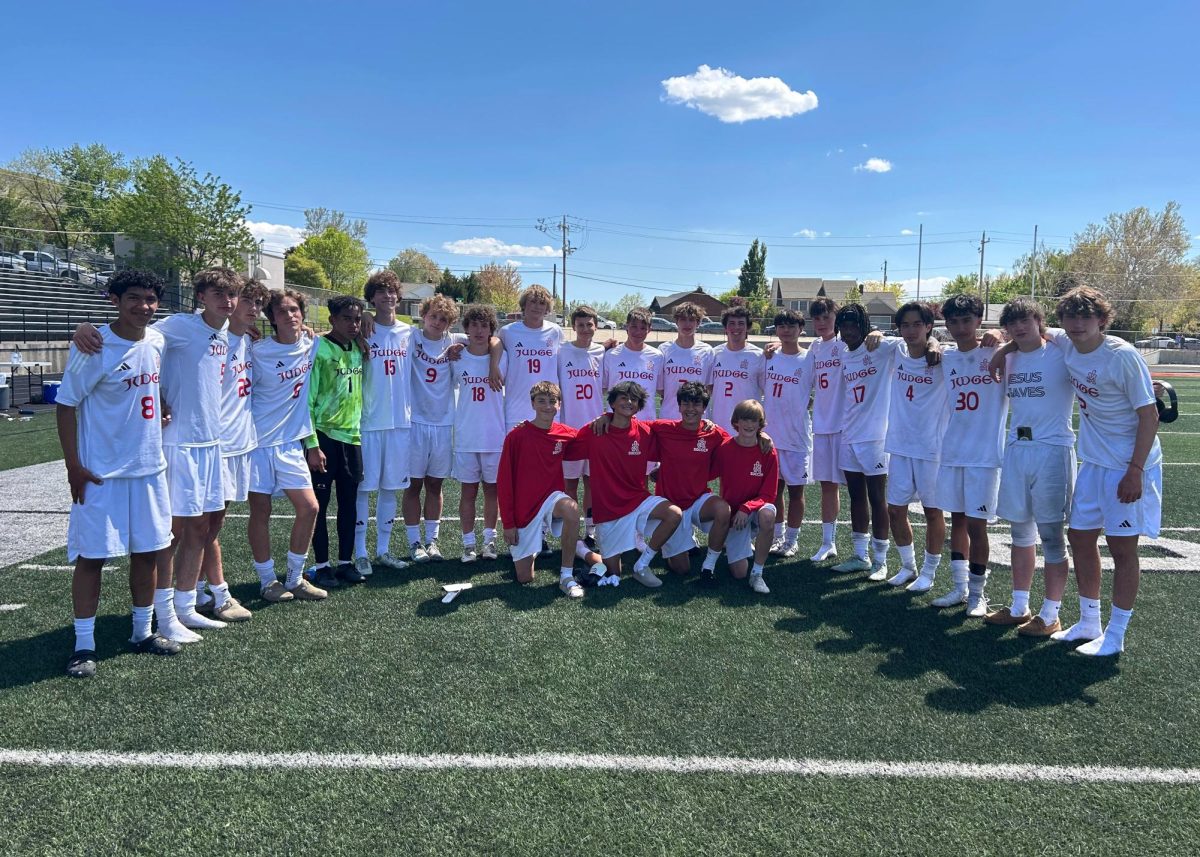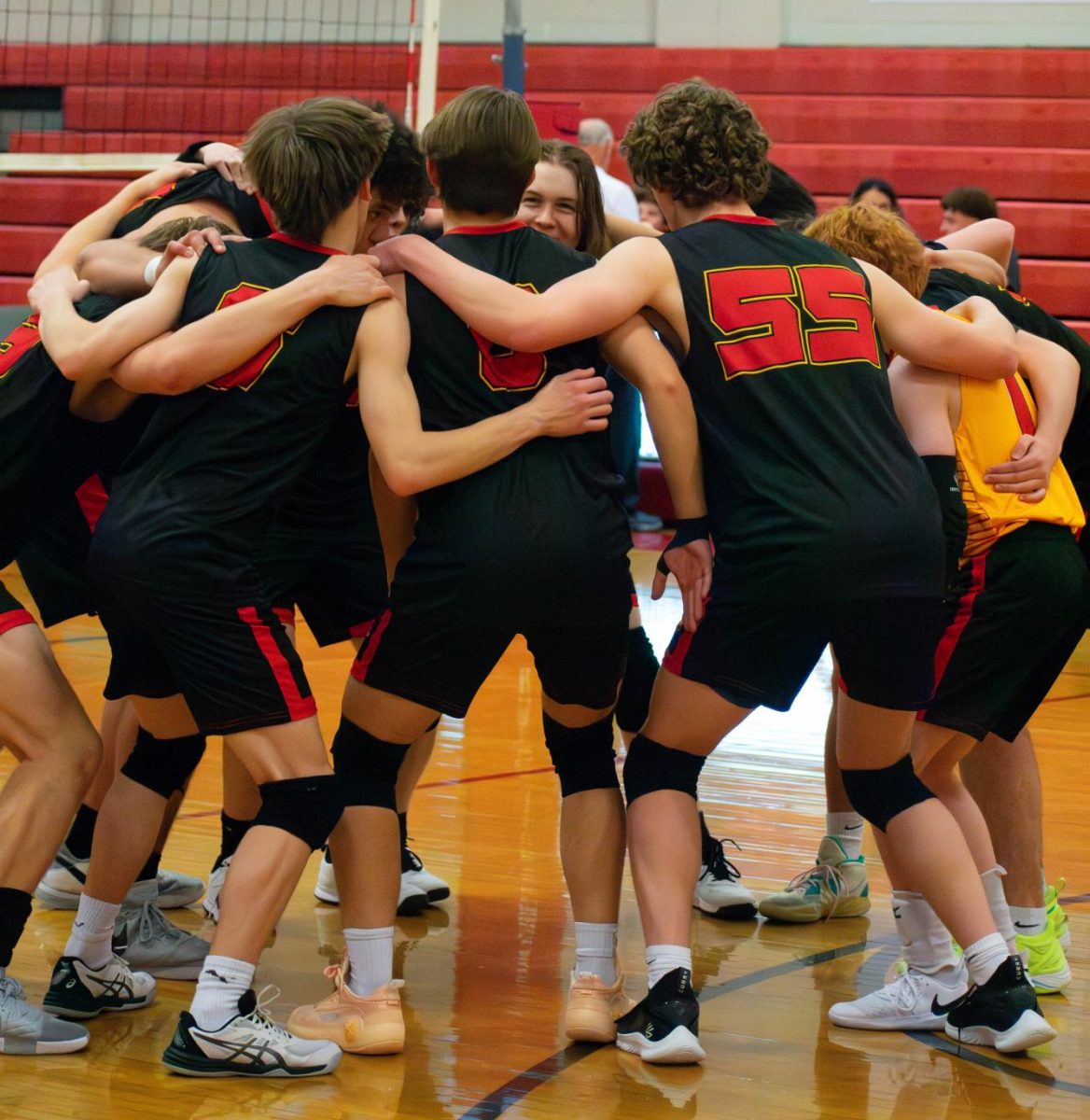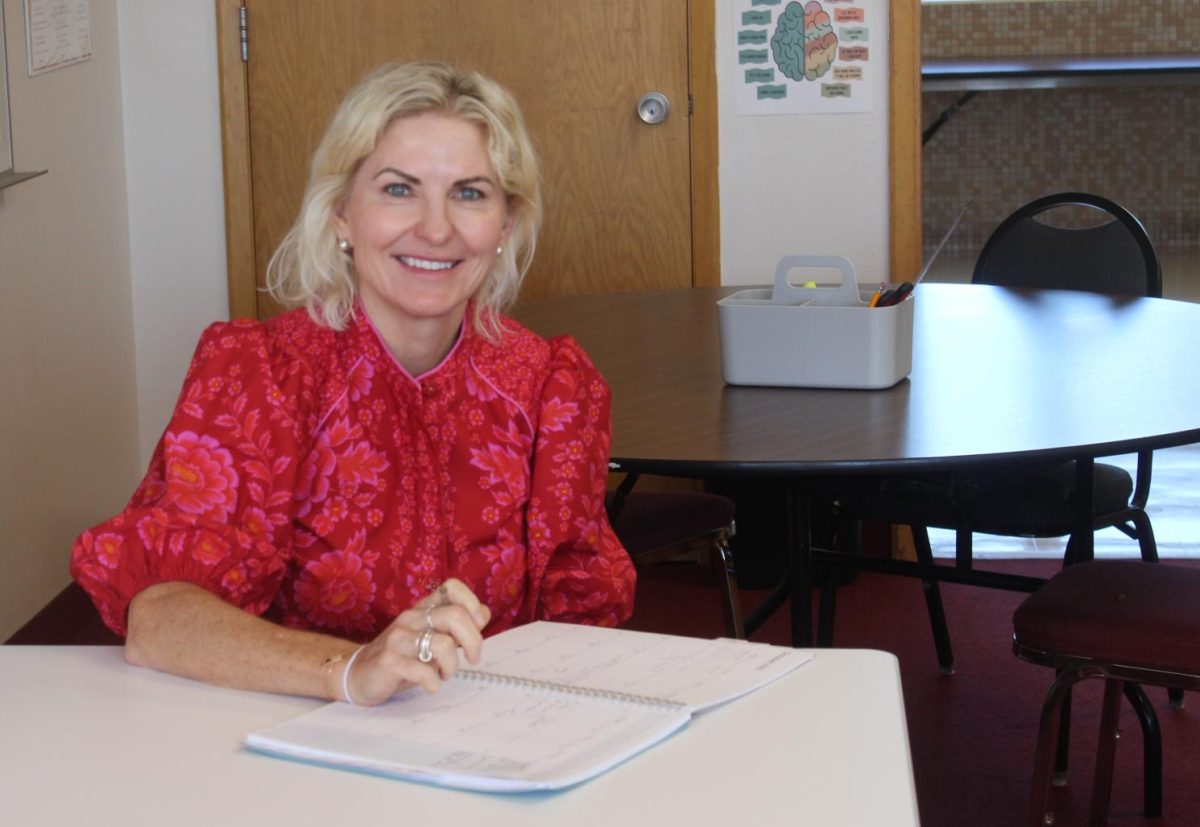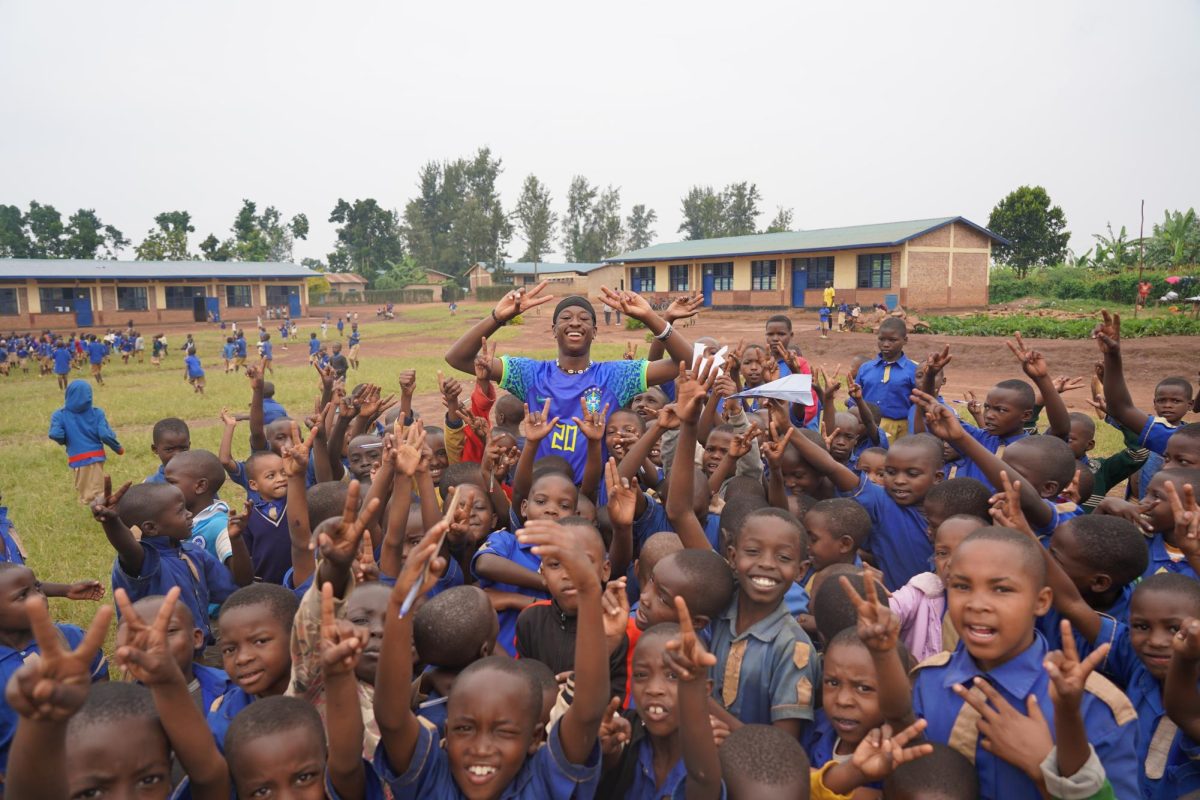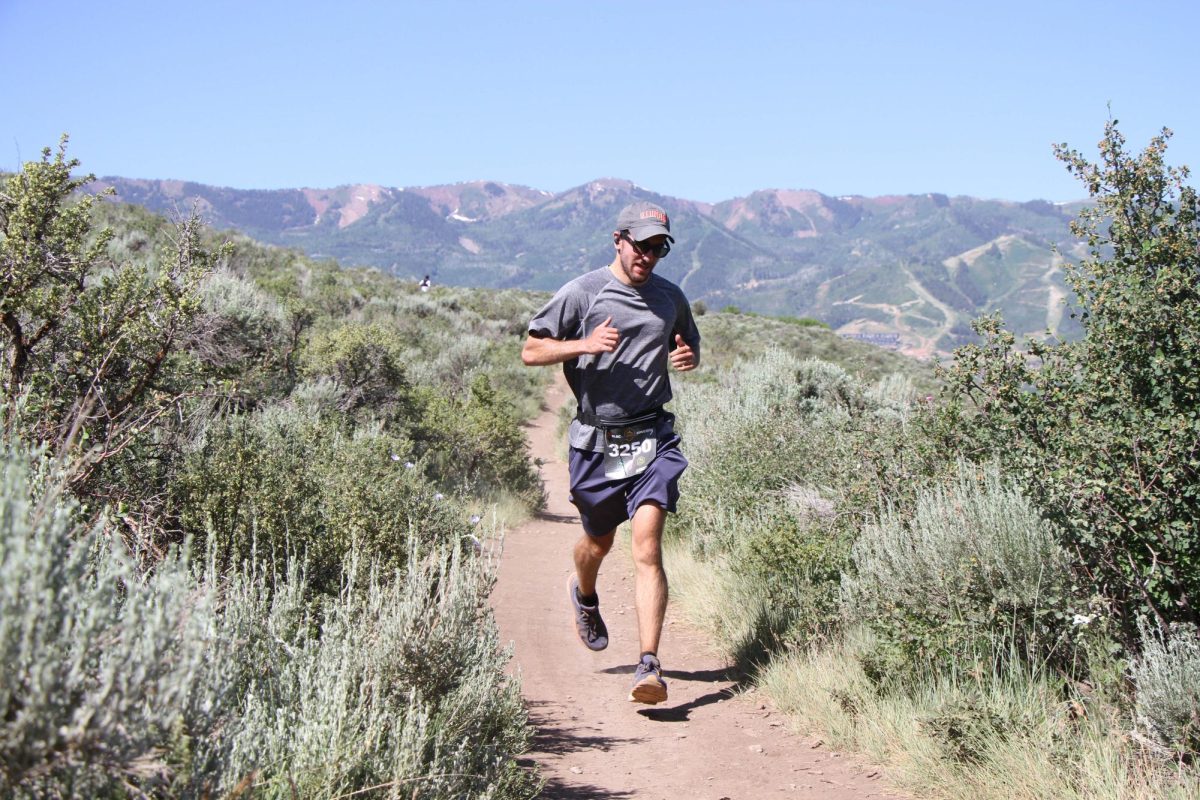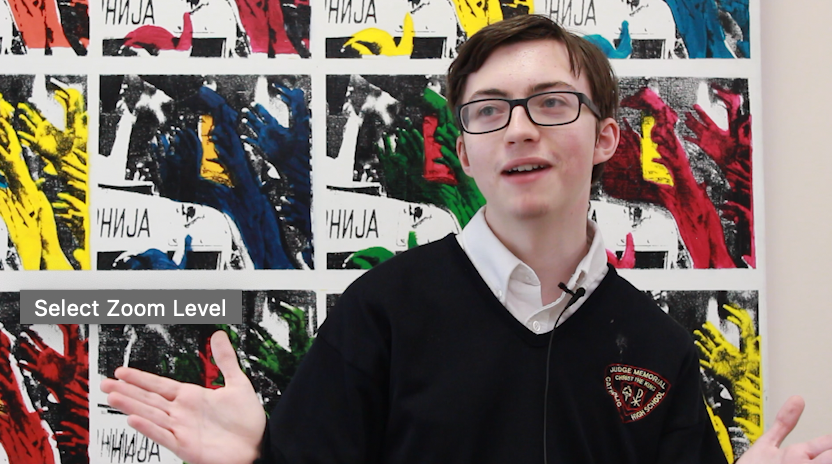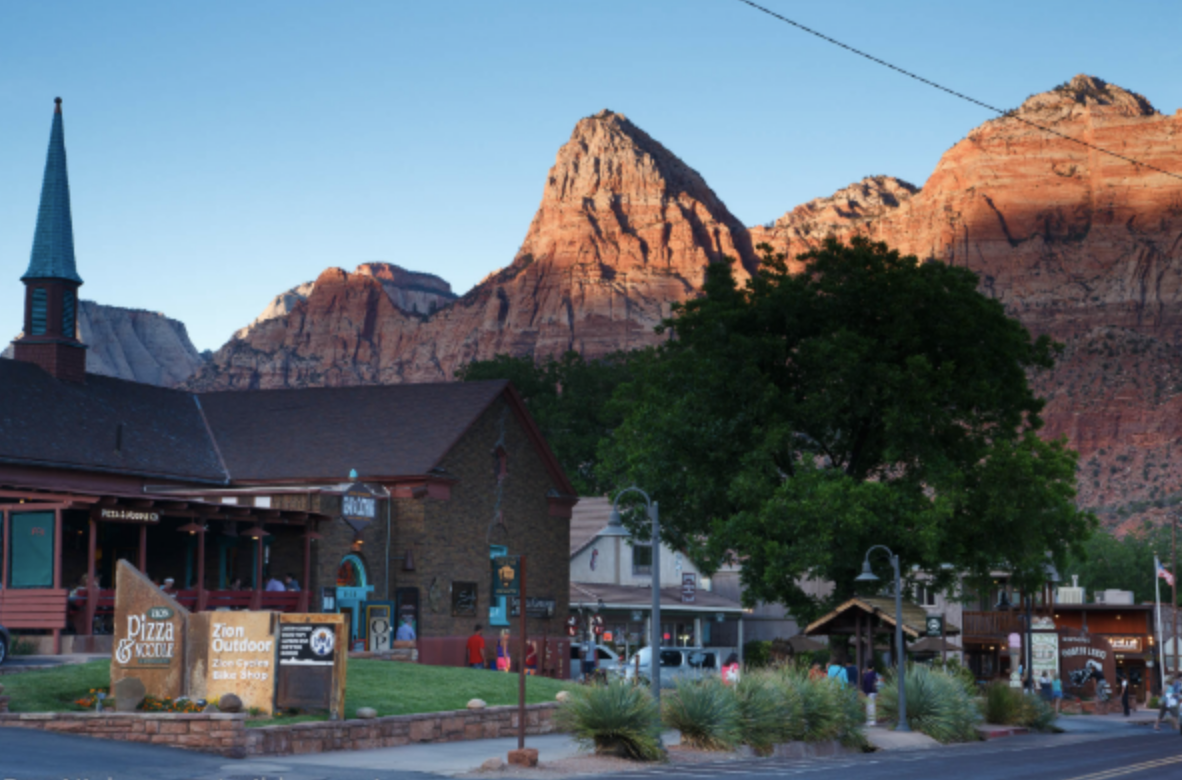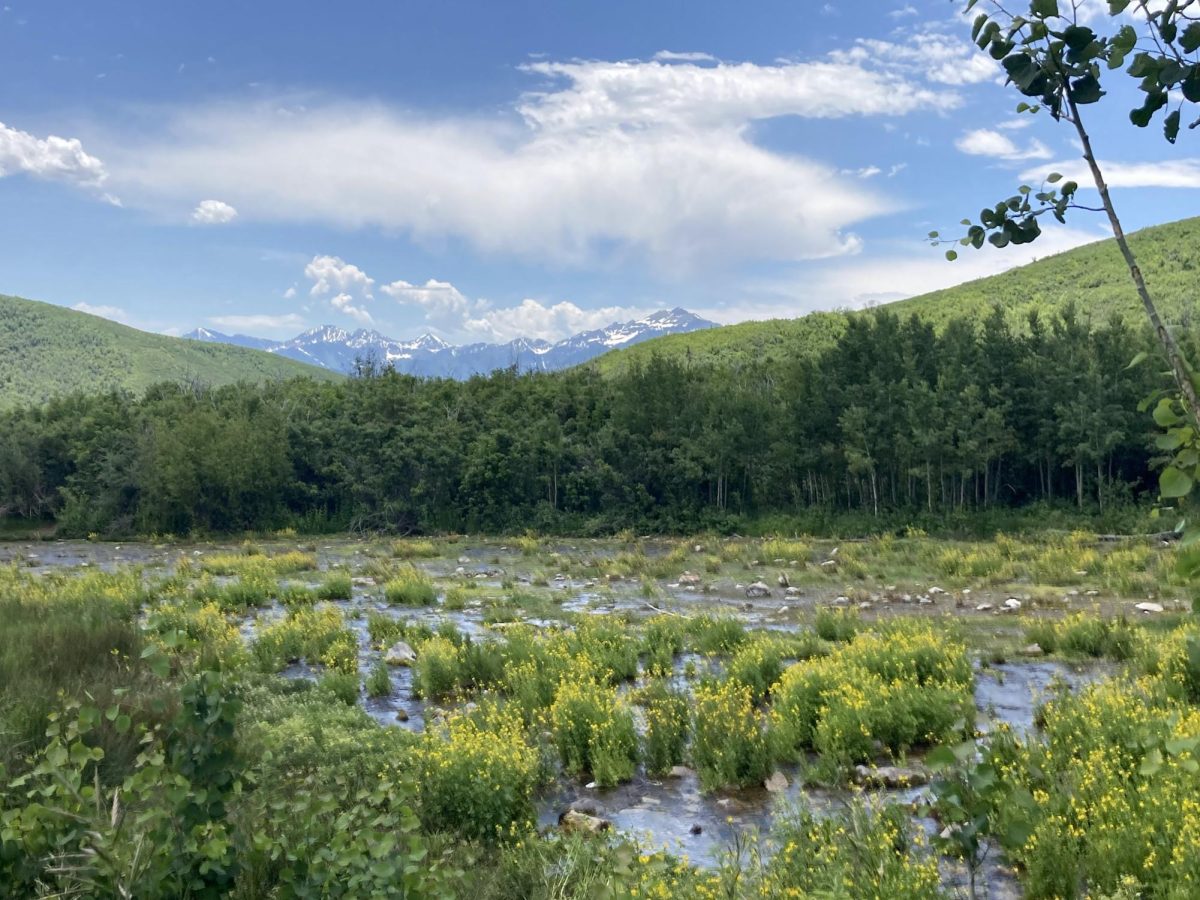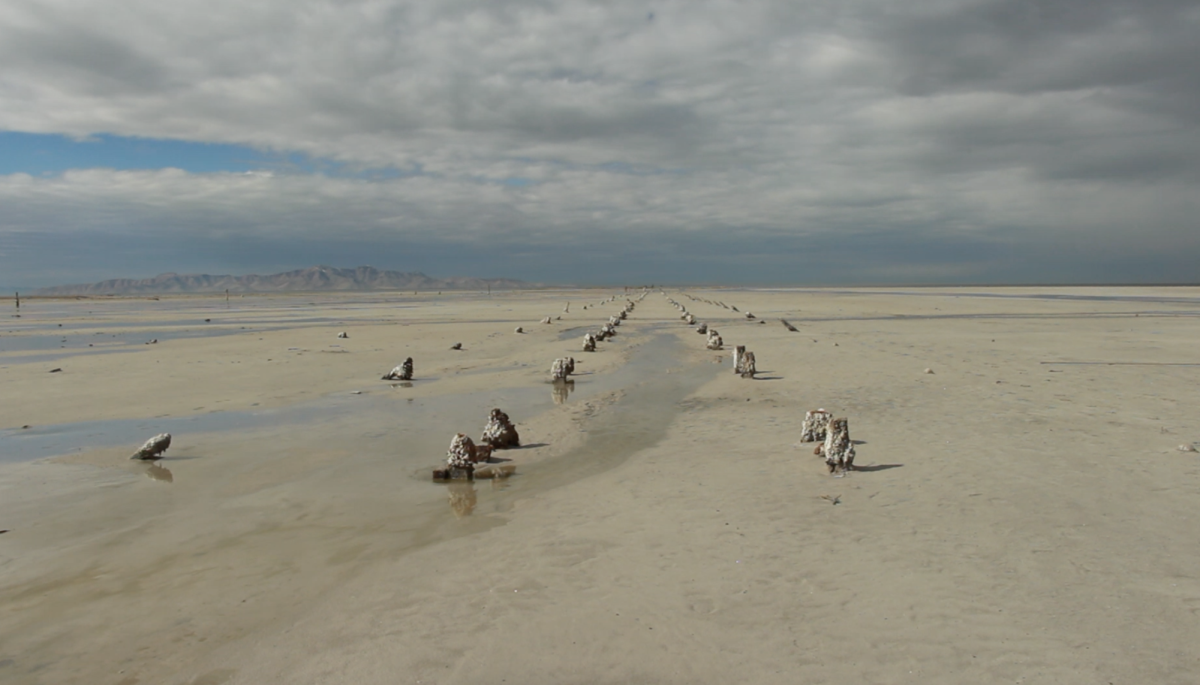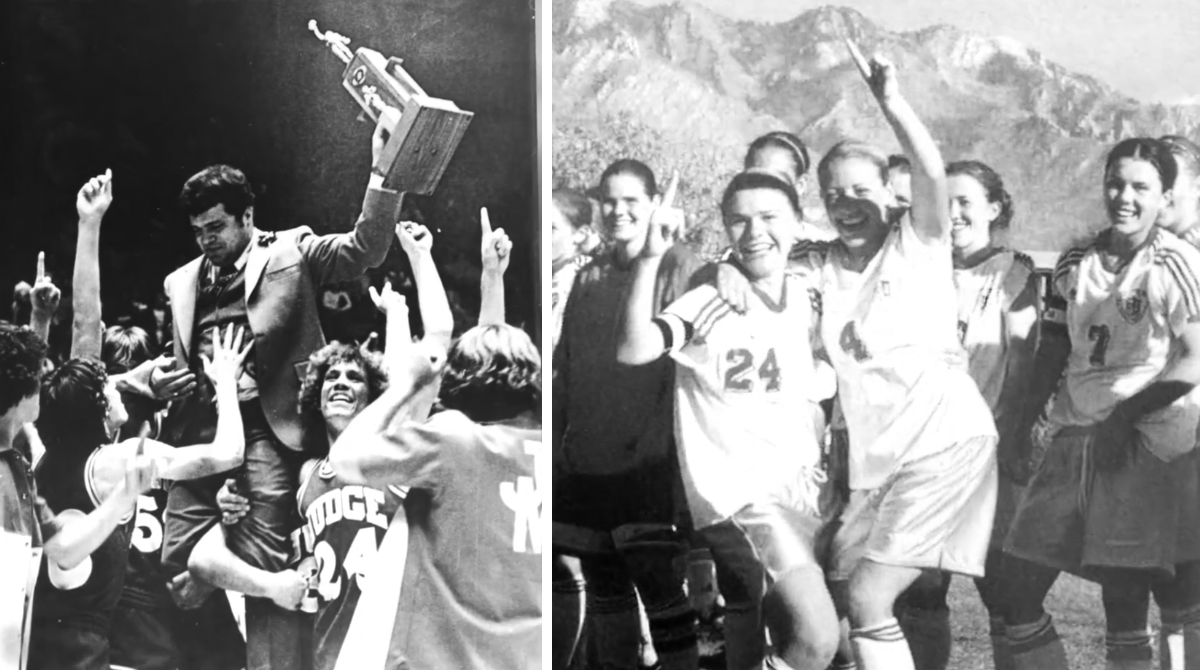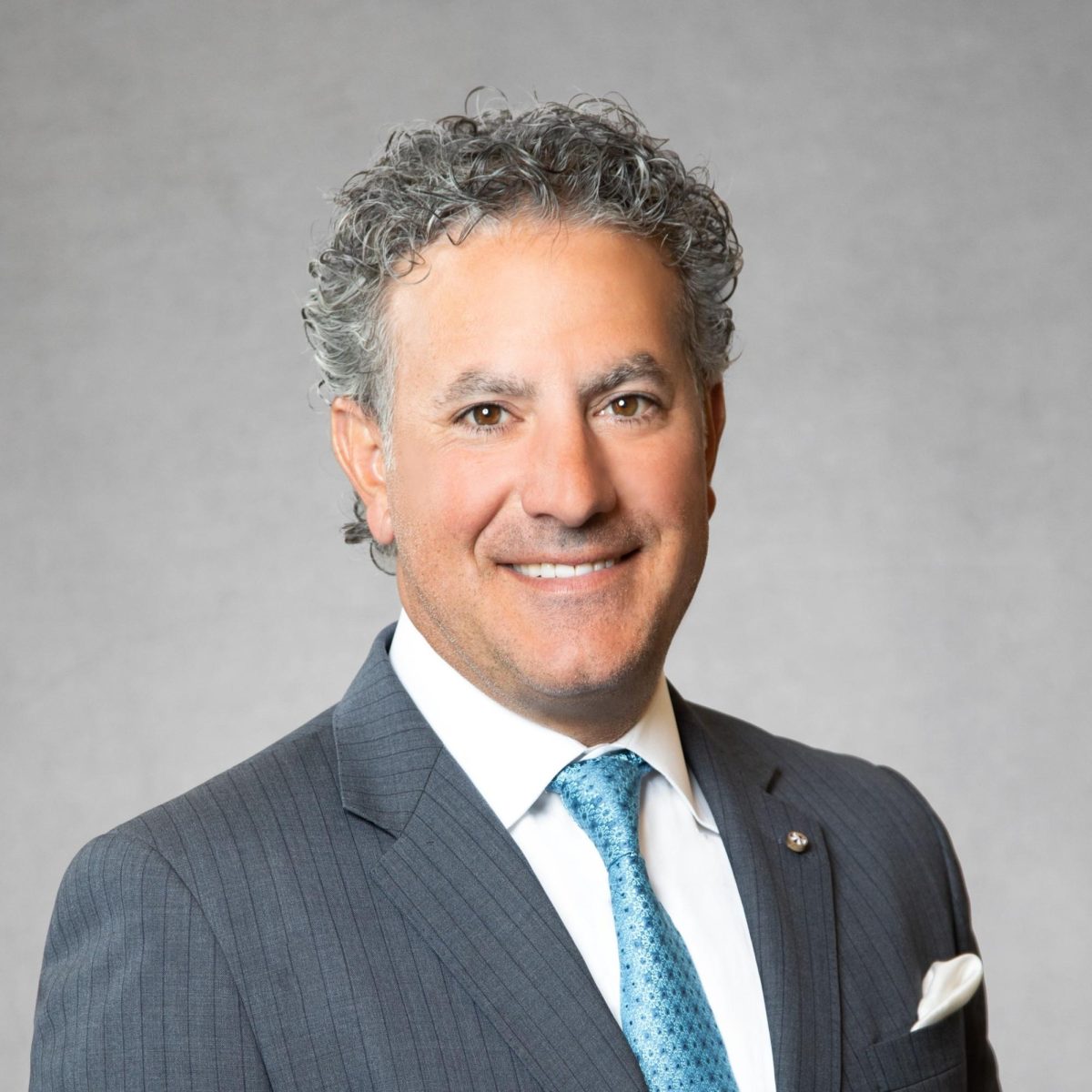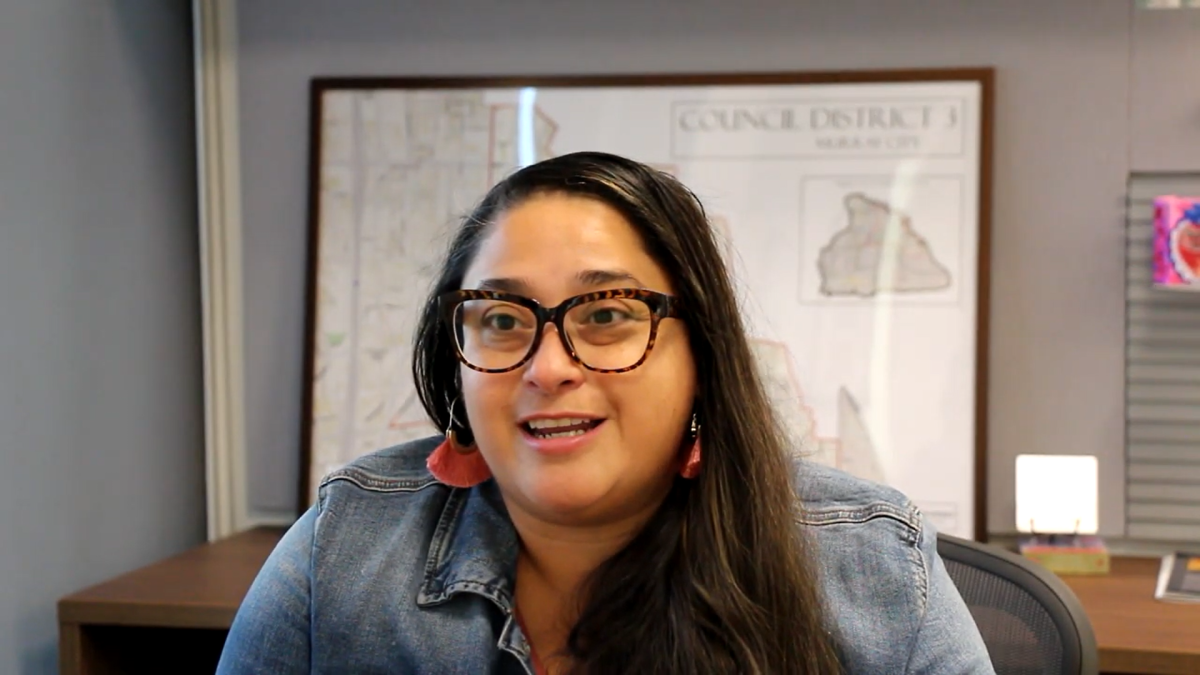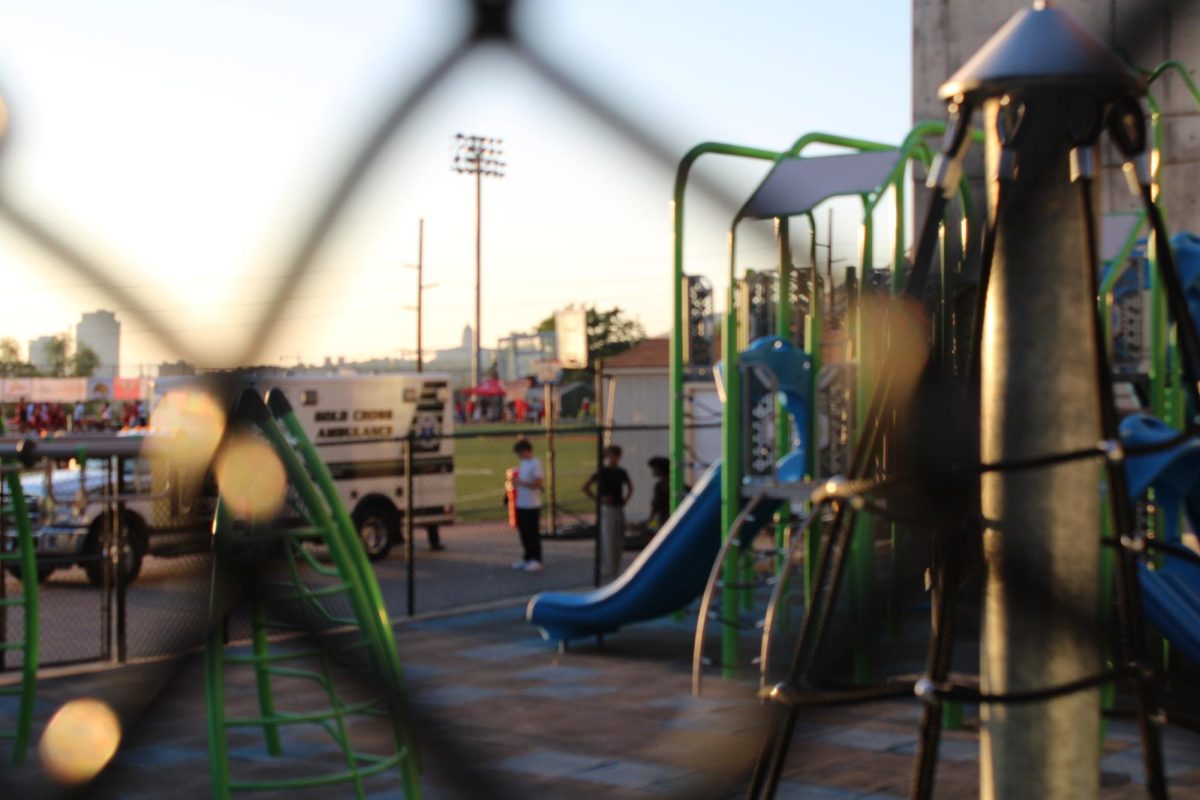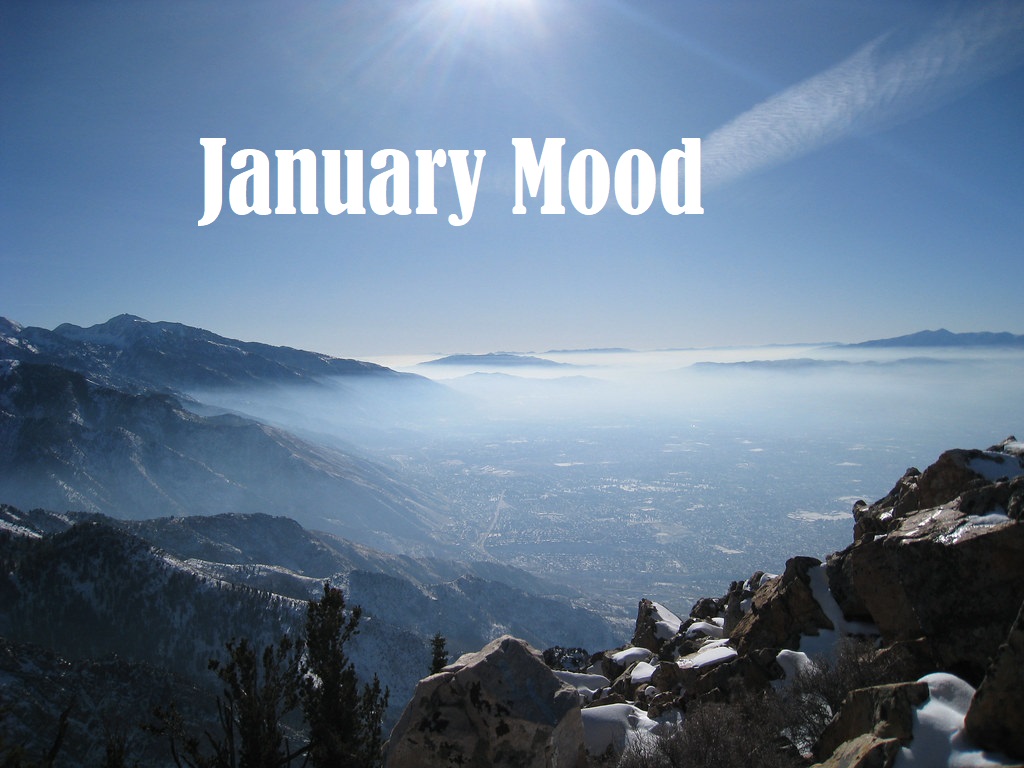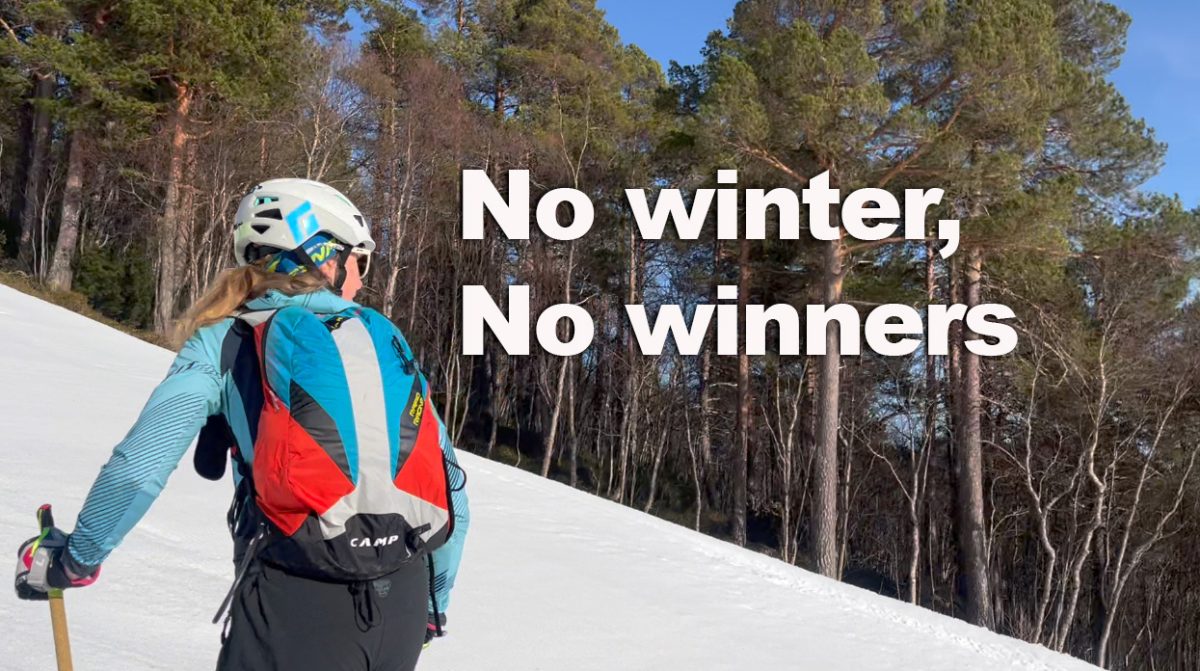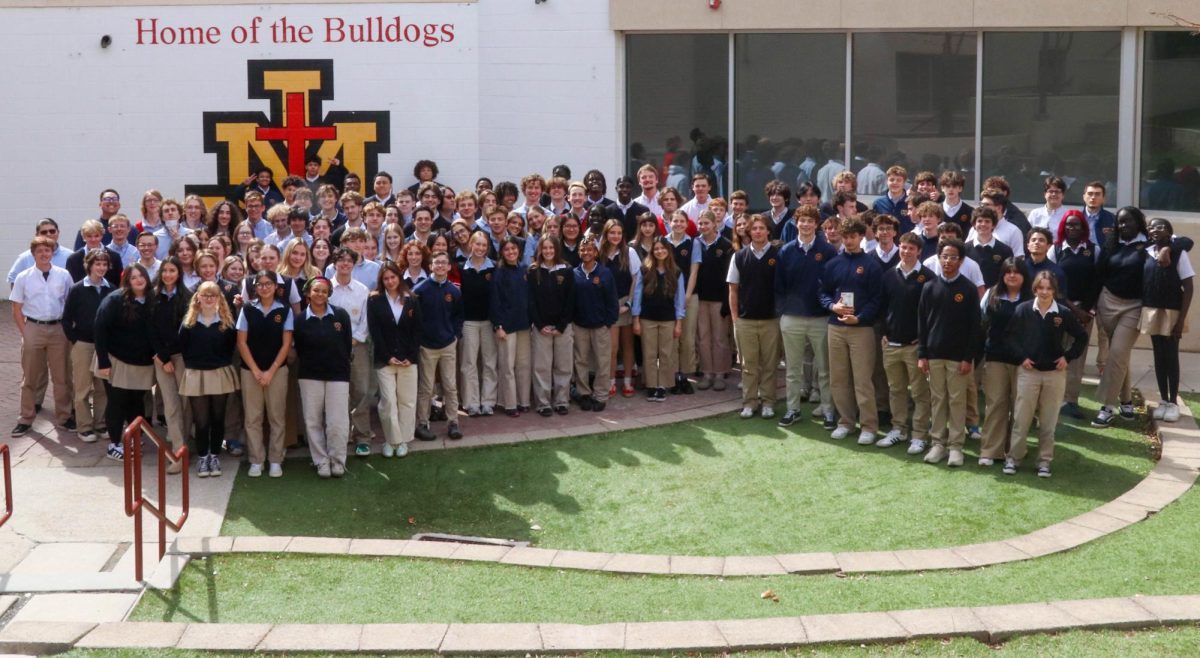Under-17 national biathlon winner Thomas Van de Kamp and competitive freeriders like Jack Atencio are just some of the young winter athletes who have something in common – first-hand knowledge of how climate change is impacting their sport. Because they are elite athletes and have participated in competitions that have taken them around the world, they have seen how a warming planet is jeopardizing their future.
Winter sports play an important role in Utah’s culture and political landscape. However, these sports we value so deeply are being directly threatened by climate change.
This year the opening of ski resorts were postponed, and many will likely close early with low snowfall. As of the beginning of January, Utah averaged just 53.3% of its average snowfall by that time. But Utah is not the only place affected by our warming climate. “As many as 98 percent of ski resorts across 28 European countries are now projected to be at ‘very high risk’ of snow scarcity if temperatures warm by just 4C,” according to the Daily Mail.
Our students have experienced this first-hand.
When I went over to France to race in a Youth World Cup, one of the events was almost canceled due to lack of snow. Similarly, one of the Freeride Comps in Red Mountain, British Columbia, Canada, was threatening to cancel, before a miraculous three inches a couple days before the comp.
Thomas regularly shoots into bare slopes. We asked them how the lack of snow has impacted their sport, and how they are adapting to the changes, whether it be accepting that their sports are doomed or finding possible solutions/workarounds to implement.

